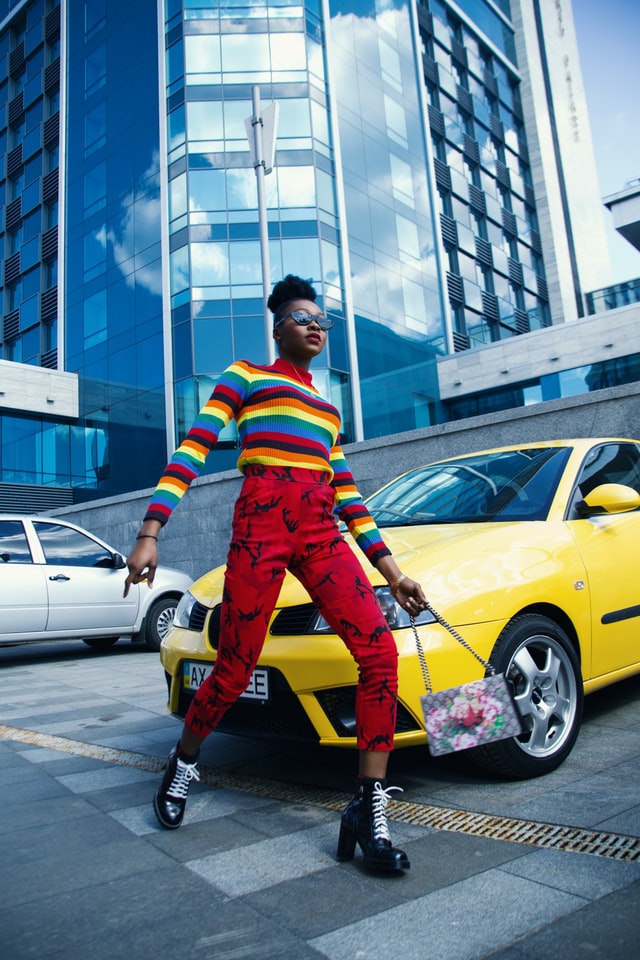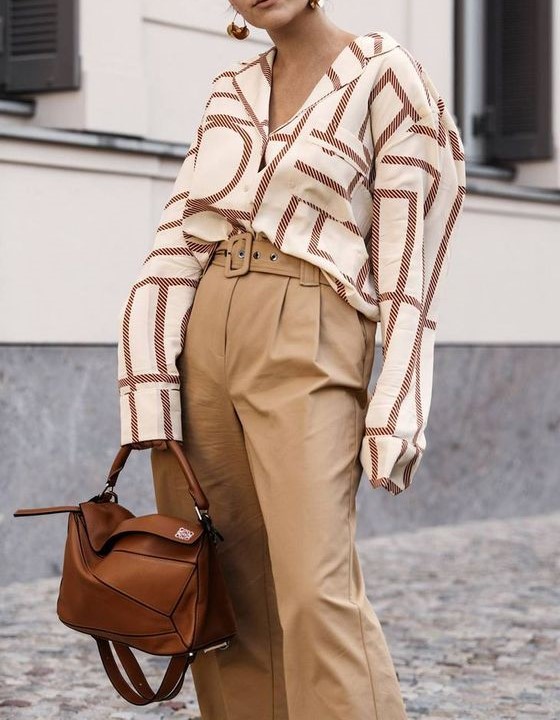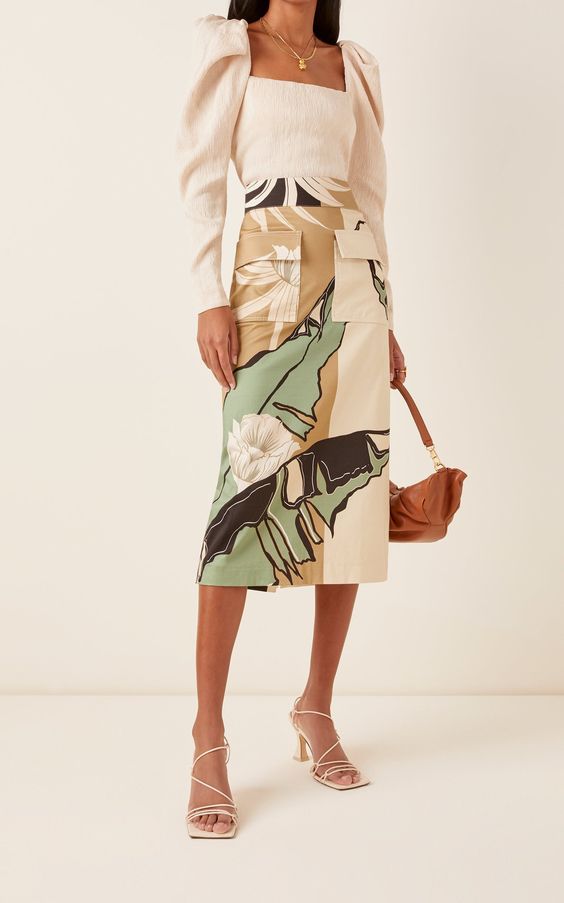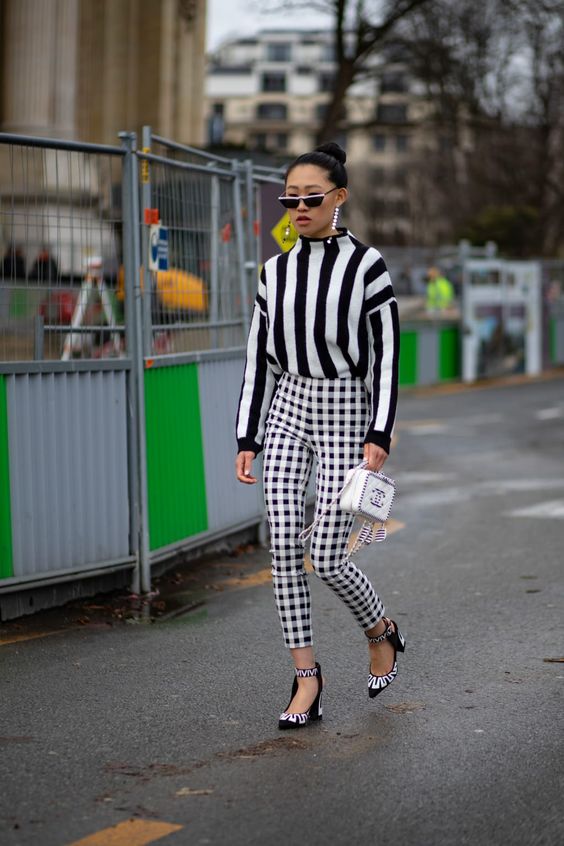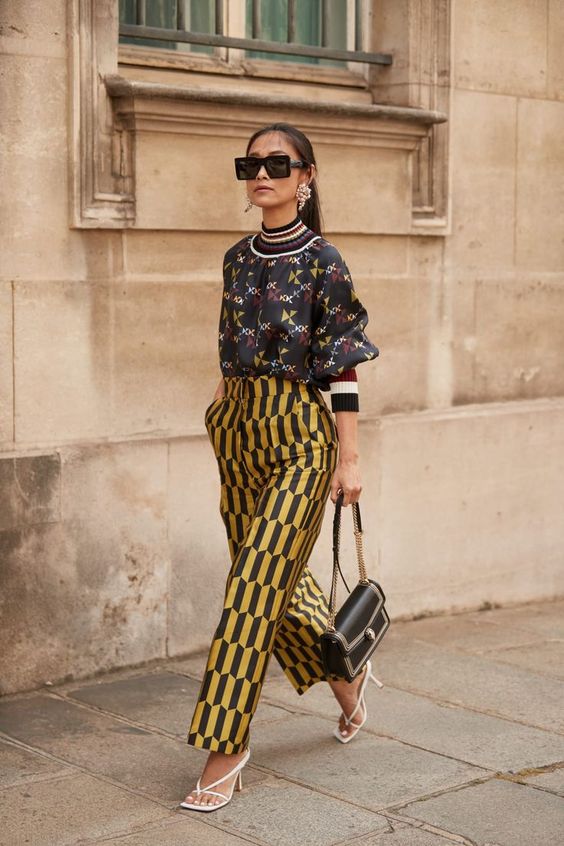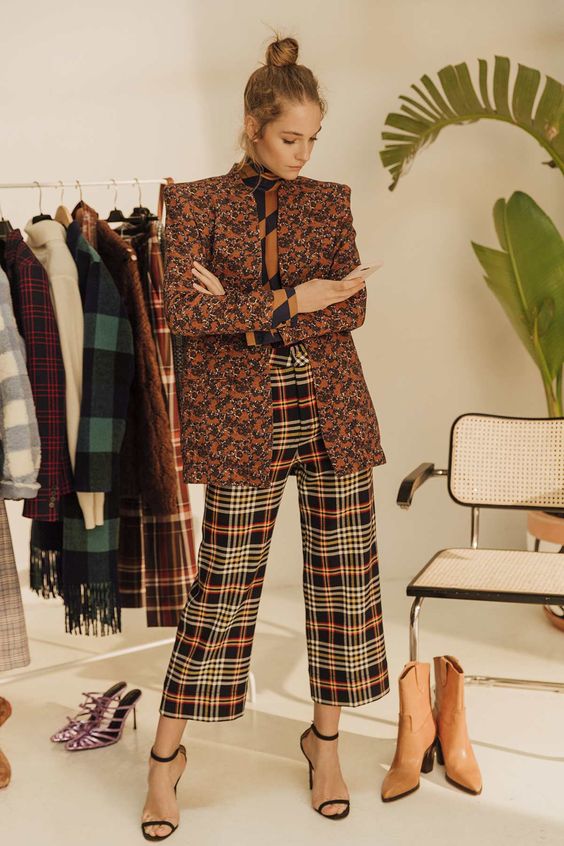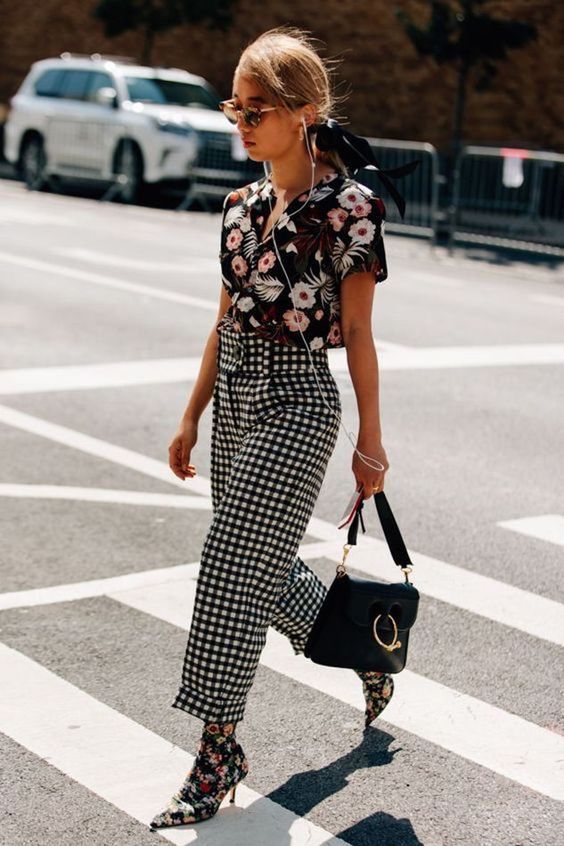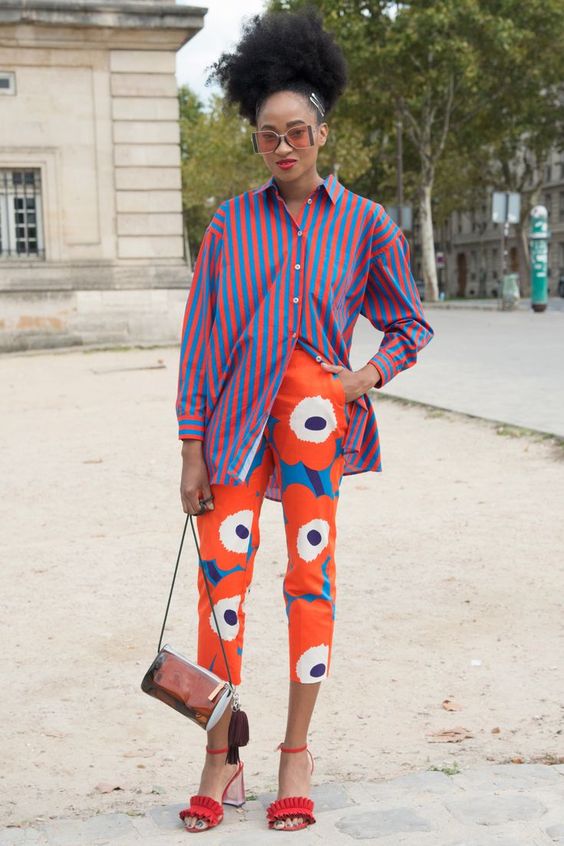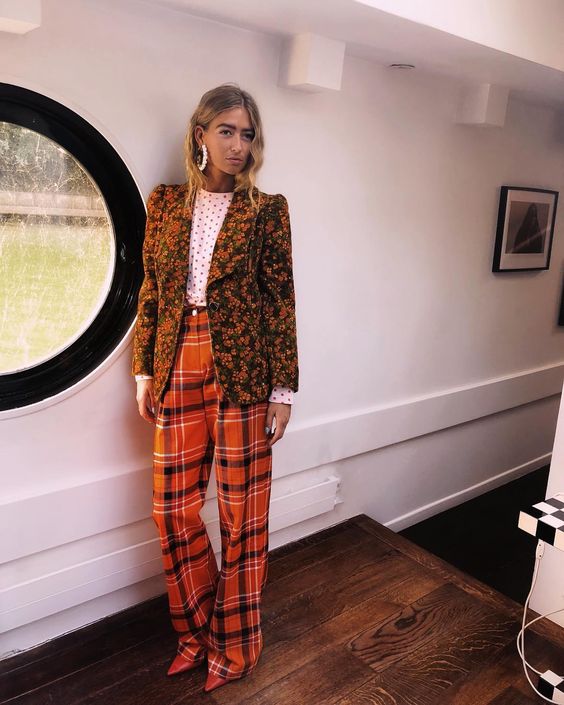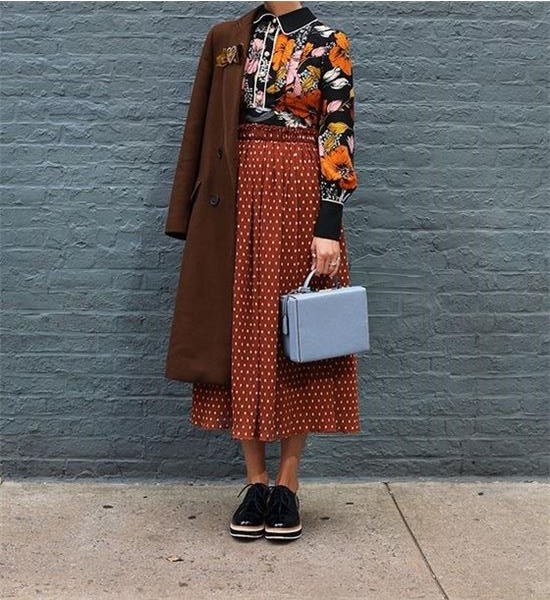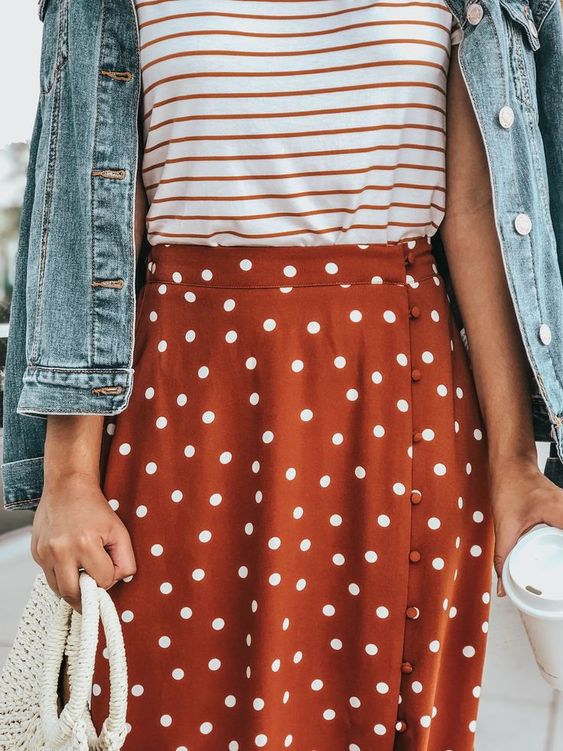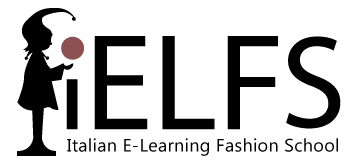For several years now, the combination of clothes with different patterns and prints in one look has been considered fashionable and stylish. And still, not everyone knows how to combine polka dots with stripes, flowers with geometry, snake with leopard print, etc.
However, combining things with different patterns and prints is a very difficult task, because there are always several risks: to look like a clown, overload the image or increase your body visually in volume.
We decided to find out the opinion of Italian stylists who teach in our school, whether it is worth combining clothes with different patterns and prints among themselves and how to do it right.

